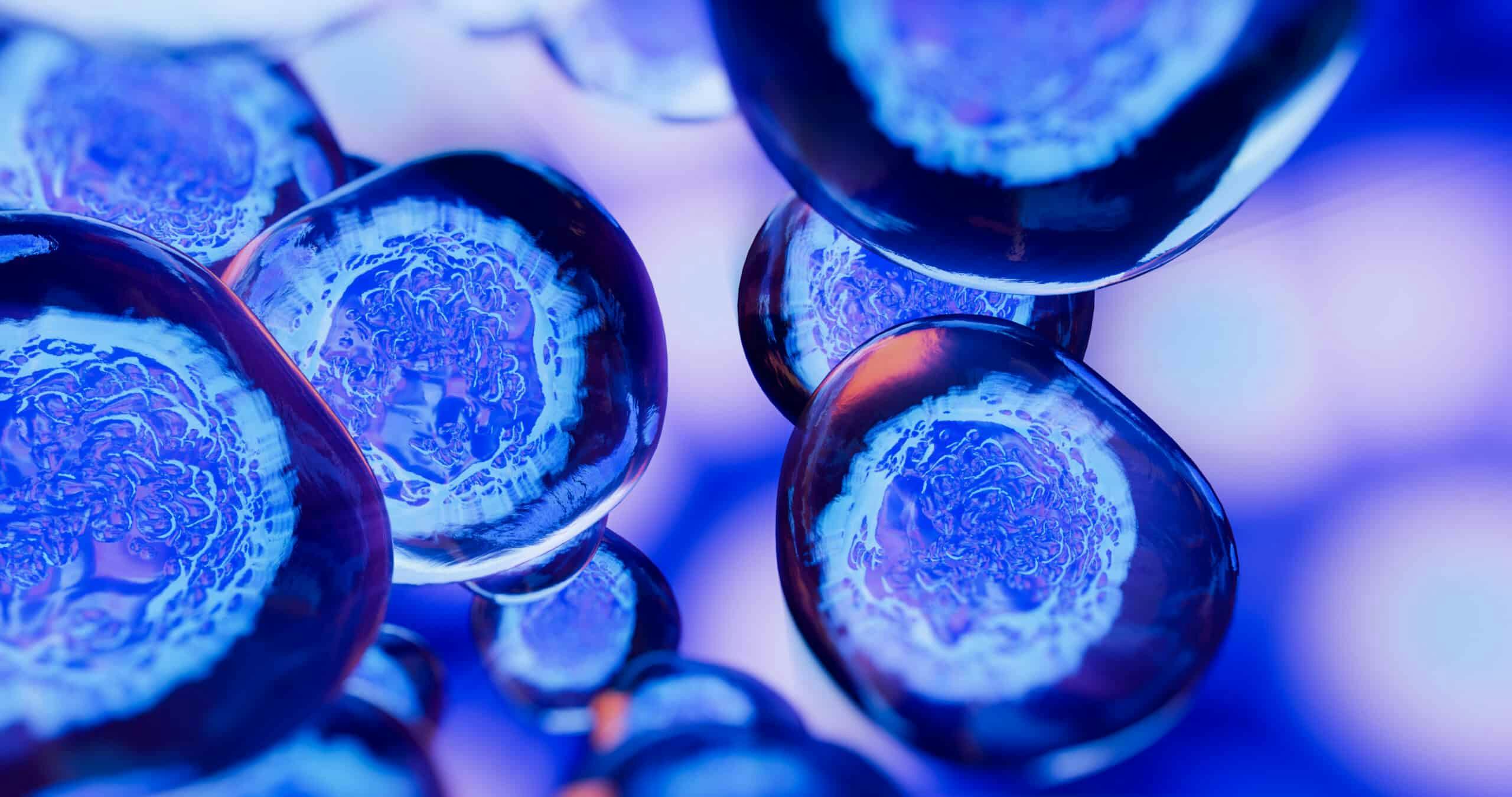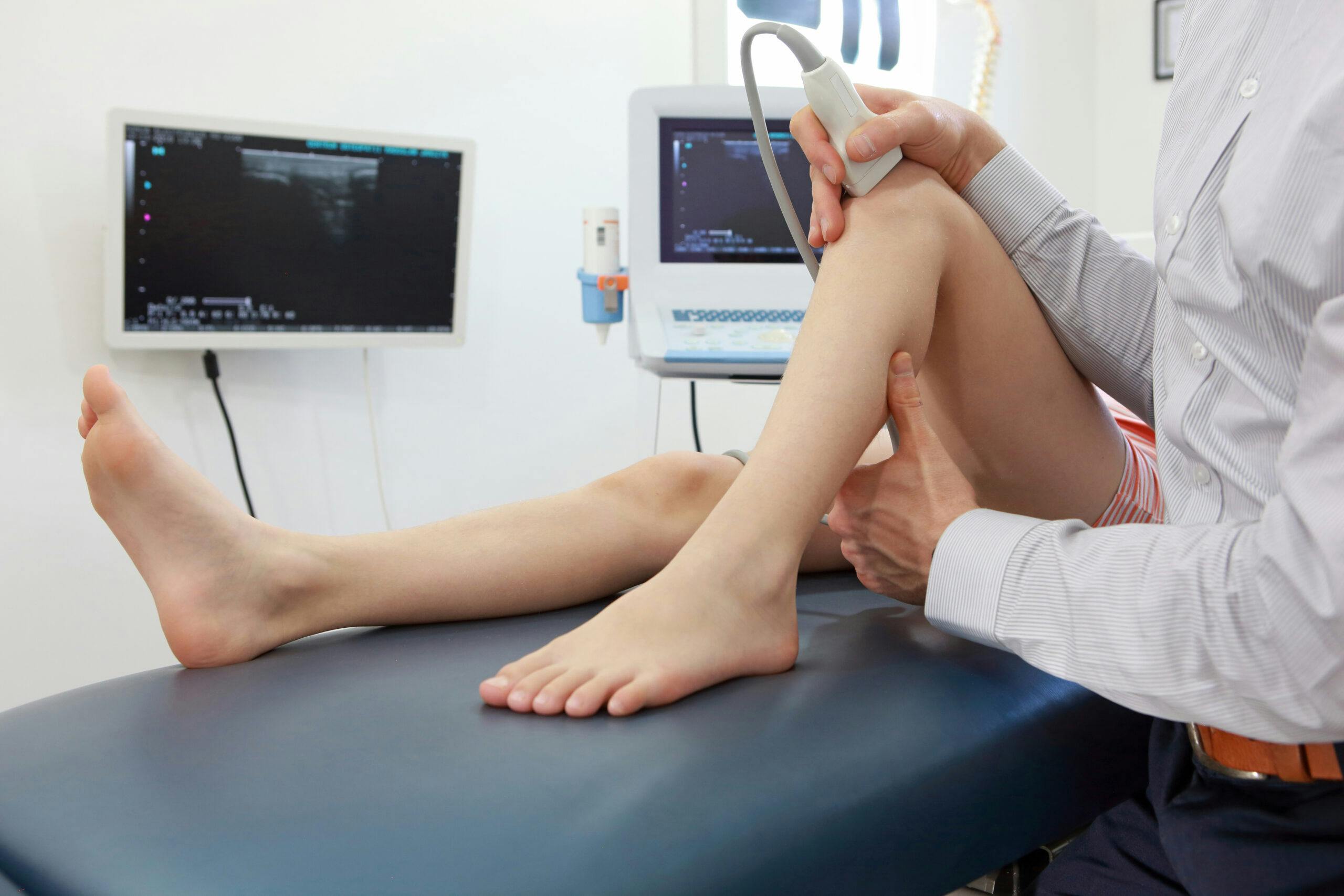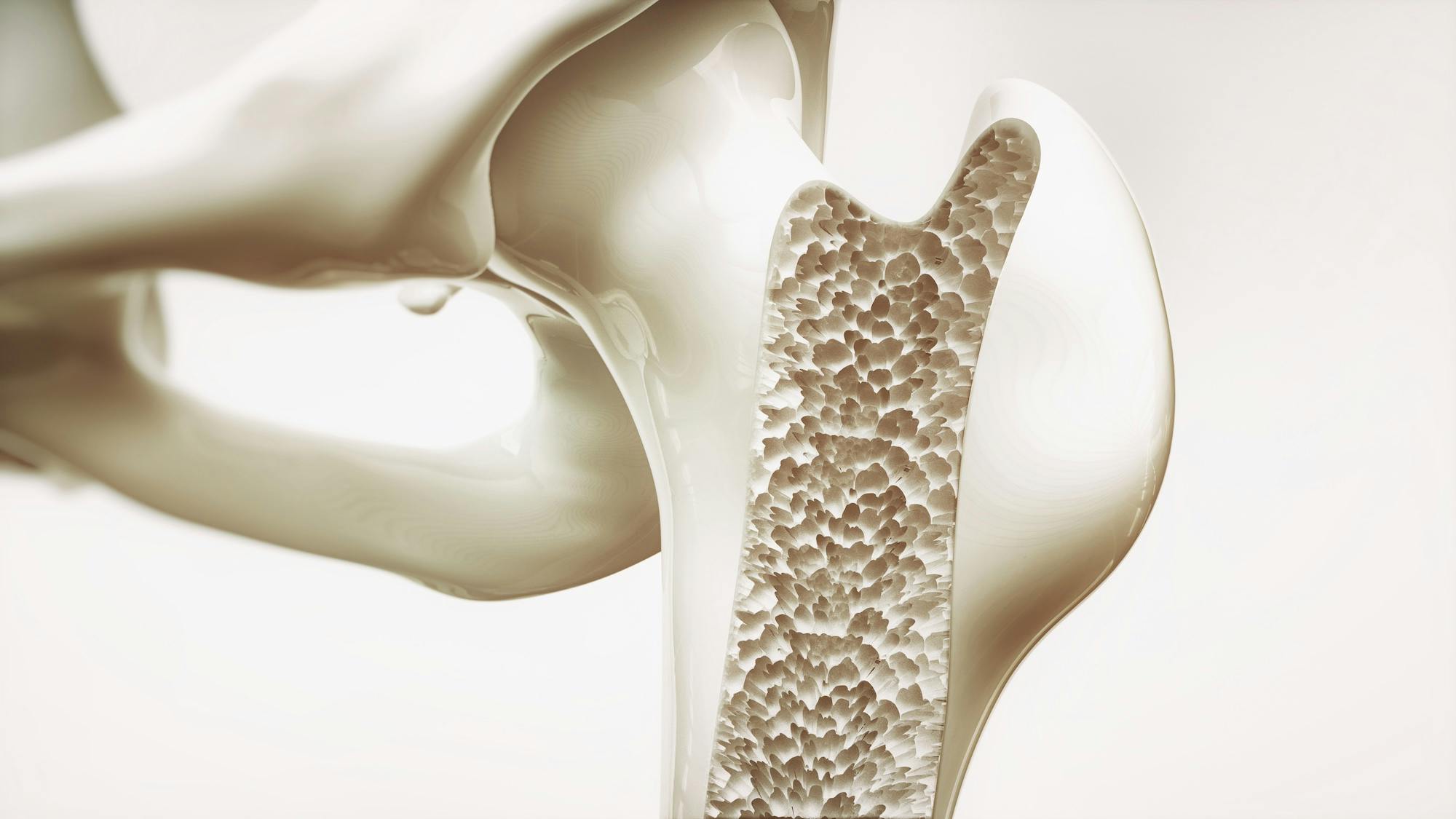- Blog
What is Stem Cell Therapy?
Posted on 12-01-2025 in Minimally Invasive Surgery, Regenerative Medicine & Stem Cell Therapy by Dr. Joshua Hackel

Posted on 12-01-2025 in Minimally Invasive Surgery, Regenerative Medicine & Stem Cell Therapy by Dr. Joshua Hackel
Stem cell therapy is one of two primary regenerative medicine procedures that harness the power of the body’s stem cells to promote healing and recovery. Adult stem cells found throughout the body can be harvested from a patient’s bone marrow or adipose (fat) tissues. When extracted, processed and injected back into the body, these immature cells have the potential to promote healing and repair by developing into muscle, vascular, cartilage or even bone cells and signal other cells to assist with the restoration of damaged tissue.
While stem cell therapy might sound futuristic, the science and research around this treatment have been around for a very long time. Below we demystify how this treatment works, its benefits and current studies.
How Does Stem Cell Therapy Work?
Adult stem cells can be found in various tissues throughout the body. With a wide range of regenerative and anti-inflammatory properties, these cells possess the unique ability to differentiate themselves, which allows them to “grow” into a wide variety of cell types. This ability to differentiate allows a stem cell to develop into a specific kind of cell-based on the body’s needs. This differentiating effect, coupled with the profound anti-inflammatory properties of stem cells, is believed to lead to pain relief and even the potential resolution of an injury.
By differentiating into what is needed at the site of injury, stem cells can replace diseased or damaged cell structures and recruit other repair cells to the injury site, leading to long-term recovery. Expert clinicians like Dr. Josh Hackel harvest stem cells from a patient’s bone marrow or adipose (fat) tissue, process them and then inject the cells under ultrasound guidance, which helps ensure the cells are precisely targeted to the desired location.
What are the Benefits of Stem Cell Therapy?
Stem cell therapy has the potential to help control pain levels and promote overall healing by regenerating orthopaedic tissues like muscle, bone, tendons, ligaments, and cartilage. This tissue regeneration leads to healing by replacing diseased or damaged tissue with healthy tissue that effectively performs its essential functions. One of the most significant advantages of stem cell therapy is that it is minimally invasive and leads to far fewer complications than traditional surgical techniques.
Some of the conditions for which Dr. Hackel has tested the efficacy of stem cell therapy include meniscus tears, tendon strains and tears, ligament sprains or tears, patellar tendonitis (jumper’s knee), joint arthritis, and overuse injuries. CLICK HERE to learn more about one patient’s experience with stem cell therapy.
Are Stem Cell Therapy Clinical Studies Available?
There are now many studies being conducted worldwide and here at the Andrews Research & Education Foundation to determine the safety and efficacy of the clinical applications of regenerative medicine, including stem cell therapy. It is not an exaggeration to say that the future of stem cell therapies in orthopaedics and beyond is potentially limitless. As studies and clinical trials continue to be conducted and analyzed, clinicians will continue incorporating these treatment modalities into their practices.
To find out if you qualify for a current study through the Andrews Research & Education Foundation, call 850-916-8590. To schedule a consultation with Dr. Josh Hackel to learn more about how stem cell therapy may benefit you, call 850-916-8783 or request an appointment online.

Musculoskeletal ultrasound imaging offers orthopaedic patients safe, painless, and real-time imaging, without any harmful ionizing radiation or the need for uncomfortable positioning. As the first sports medicine physician in the region to utilize ultrasound for diagnostic and therapeutic purposes, Dr. Josh Hackel’s commitment to innovation has improved the accessibility of care for his patients.

According to the American Academy of Orthopaedic Surgeons, approximately 2 million older Americans sustain fractures yearly due to weak bones. By 2025, that number is predicted to rise to 3 million fractures annually. At North Florida Bone & Joint Specialists, we recognize the importance of maintaining strong bones, particularly as you age. In honor of Healthy Aging Month, the following tips can help you maintain, and even improve, your bone strength:

We see our share of broken bones as an orthopaedic and sports medicine practice. From the high school baseball player who collided with first base a little too hard to the avid DIY’er who took a tumble from an unsecured ladder and everything in between, we’ve seen it all. As we age, we also gradually lose bone mass, which occurs as small amounts of healthy bone are absorbed into your body as small amounts are replaced. When more bone is absorbed than is replaced, the density (bone mass) is reduced. Osteoporosis develops when the bone is no longer replaced as quickly as it is removed, and over time, it causes the bone to become progressively weaker, increasing the risk that it may break.